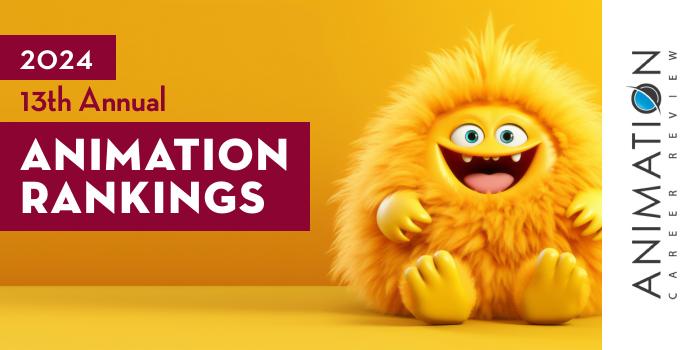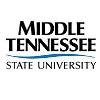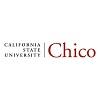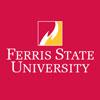The School of Performance, Visualization & Fine Arts (PVFA) at Texas A&M University (TAMU) is a multidisciplinary school that provides cross-disciplinary programs in music, film, theater, dance, visualization, and production. Across programs, students have access to state-of-the-art facilities and studios; courses taught by faculty who are accomplished directors, computer graphics engineers, composers, sound technologists, art historians, and dancers; and student organizations such as Women in Animation, Viz Industry Fair (VIF), and Texas Aggie Game Developers (TAGD).
Within the TAMU School of PVFA is a Visualization program that was established nearly 35 years ago. Three pathways are available for students who would like to pursue a career in animation. These include BS, MS, and MFA degrees in Visualization. The Visualization MFA is one of a few programs of its kind in the U.S. and possibly the only one in the state of Texas.
All options allow students to explore computer graphics, interaction, design, visualization, and art. Students at all levels may focus in an area of emphasis. Options for BS students include Animation and Virtual Production, Visual Computing, Media Art, Game Creation, and Interactive Design.
Students in this program will have the opportunity to work in project-based studios on courses that explore art theory, technical skills, programming, and the production pipeline. Course examples include Digital Media; Scientific and Technological Developments in Visual Arts; 2D Visualization Techniques; Visual Studies Studio 1-3; Art History; Computing for Visualization I-II; and Principles of Design 1-3. BS students may also participate in the Field Study course or sign up for the TAMU Internship Program. This supervised work experience spans 15 weeks and 600 hours. TAMU Visualization students have completed internships at animation, game, and graphic design companies. Students earn six credit hours.
TAMU Visualization MS students may focus in one of eight areas of emphasis. These include Computer Animation, Interactive Design, Virtual Reality (VR), Gaming, Augmented Reality (AR), User Experience Design, Computer Graphics, and Data Visualization. This program has both thesis (32 credit hours) and non-thesis (36 credit hours) options.
Free electives allow MS students in both options to acquire additional advanced skills in their focus area and others. Elective examples include Advanced Animation; 3D Modeling and Animation; Computer Aided Sculpting; Design Communication I-II; Form, Installation, and Environment; Physical Computing for Art & Design; and Image Synthesis.
The Visualization MFA program at TAMU focuses on technological applications and innovations, collaborative projects, and team-building. Students in this program select from eight areas of emphasis including Visual Storytelling, Visual Effects, Computer Animation, Virtual/Augmented Reality (VR/AR), Gaming, Interactive Art, User Experience Design, and Data Visualization.
Students in all emphasis areas will take courses such as Contemporary Art Studio/Seminar; Professional Study; and Professional Practice. Other courses will come from a long list of prescriber and free electives. Examples include 3D Modeling and Animation; Computer Animation; Digital image; Color Photography; Multi-Media Web Design; Physical Computing for Art & Design; and Generative Art. Students in both the MS and MFA programs also have the opportunity to complete a professional internship. Graduate internships are worth eight credits.
In addition, select Visualization graduate students will have the opportunity to participate in a Summer Industry Workshop. Students in this intensive course will work with professionals from major animation studios to produce professional-grade short films. The course takes place all day, every day, for 10 weeks.
Across all TAMU Visualization programs, students will have the opportunity to participate in the Annual Career Fair, and the Semester Away Program in Italy, Germany, and other countries.
Graduates of the Texas A&M University Visualization programs will enter the job market with a polished portfolio of their best work. Program alumni are prepared for careers across industries. However, Visualization graduates are routinely hired for positions at major studios such as Walt Disney Animation Studios, DreamWorks Animation, Pixar, Industrial Light & Magic (ILM), and Reel FX Animation.
With approximately 77,490 students, Texas A&M University the largest university in the state and one the largest in the nation. Established in 1876, TAMU is also the state’s first public institution of higher learning. With two Texas campuses, a Health Science Center, and a campus in Doha, Quatar, Texas A&M houses 16 colleges and schools that provide approximately 415 degree programs. Texas A&M University is accredited by the Southern Association of Colleges and Schools Commission on Colleges (SACSCOC).










































